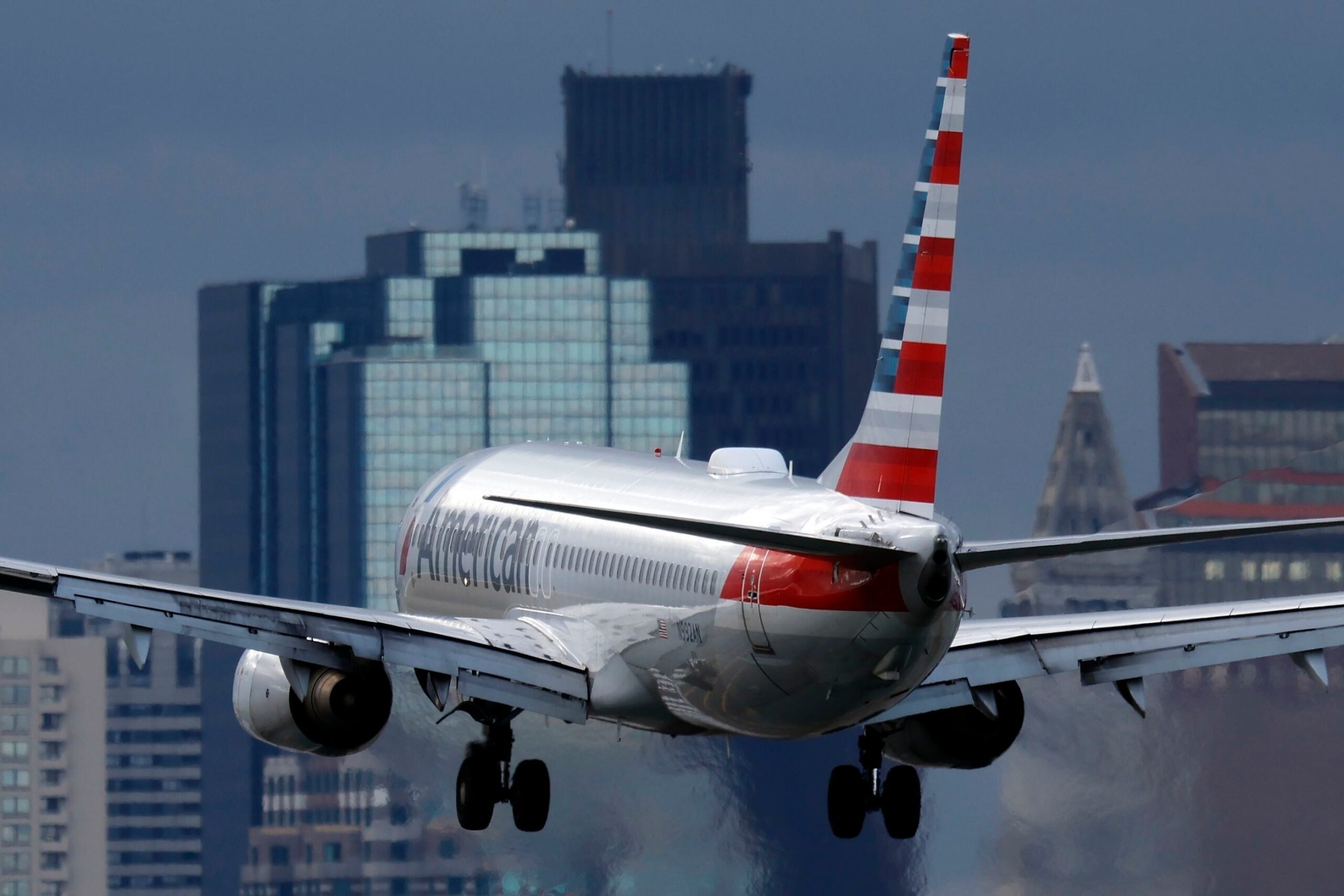The safety of air travel is paramount, with meticulous procedures in place to ensure the well-being of passengers and crew. However, sometimes unexpected events occur, leading to tense moments and close calls. Recently, an incident at Boston Logan International Airport involving an American Airlines Flight 457Q and a Spirit Airlines aircraft highlighted the importance of vigilance and swift action in averting potential disasters.
The Incident Unfolds
On a seemingly routine day at Boston Logan International Airport, the air traffic control tower was abuzz with activity as flights taxied, took off, and landed. Among these flights were American Airlines Flight 457Q and Spirit Airlines Flight 1444, both preparing for departure.
At approximately 12:50 p.m., as American Airlines Flight 457Q was poised for takeoff, vigilant air traffic controllers noticed something amiss. Spirit Airlines Flight 1444 was dangerously close to the runway hold line, prompting immediate action to prevent a potential catastrophe.
The FAA’s Response
In response to the alarming situation, the Federal Aviation Administration (FAA) swiftly directed American Airlines Flight 457Q to abort its takeoff. This decision was made “out of an abundance of caution,” underscoring the gravity of the situation and the imperative to prioritize safety above all else.
Cosmo Rowell, a passenger on the American Airlines flight, described the experience as “terrifying.” The sudden application of brakes mid-takeoff undoubtedly rattled nerves, emphasizing the importance of clear communication and quick reflexes in mitigating risks.
Passenger Perspectives
For those aboard American Airlines Flight 457Q, the unexpected turn of events left a lasting impression. Rowell’s account of the abrupt deceleration highlights the physical and emotional toll such incidents can exact on passengers. The sensation of acceleration followed by an abrupt stop can induce anxiety and unease, underscoring the need for transparency and reassurance from airline staff.
The Aftermath
Following the cancellation of the takeoff, American Airlines Flight 457Q returned to the gate, where passengers awaited further instructions. Despite the disruption to their travel plans, the safety and well-being of passengers remained the top priority for airline personnel.
Ultimately, American Airlines Flight 457Q departed for Chicago at 2:38 p.m., albeit later than scheduled. The incident serves as a reminder of the fluid nature of air travel and the inherent risks associated with navigating crowded airspace.
Industry Response
In the wake of the incident, both American Airlines and Spirit Airlines have pledged cooperation with the FAA’s investigation. Clear communication and collaboration between airlines and regulatory authorities are essential in identifying root causes and implementing corrective measures to prevent similar occurrences in the future.
Lessons Learned
The close call at Boston Logan International Airport underscores the importance of adherence to established protocols and procedures in ensuring the safety of air travel. Vigilance, effective communication, and decisive action are imperative in averting potential disasters and safeguarding the lives of passengers and crew.
Conclusion
As the aviation industry continues to evolve, incidents such as the one witnessed at Boston Logan International Airport serve as sobering reminders of the inherent risks associated with air travel. However, through rigorous adherence to safety protocols, proactive risk management, and ongoing collaboration between stakeholders, the industry can strive to minimize the likelihood of such occurrences and uphold its commitment to passenger safety above all else.







